Foods That Are Surprisingly High in Salt
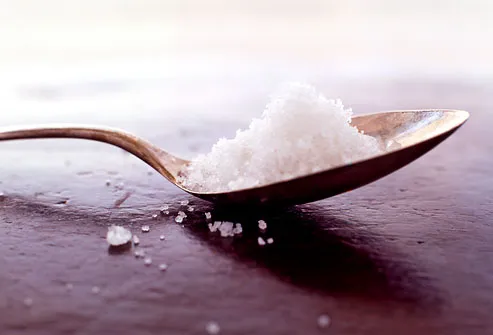
Most of us get more than we need. Recommendations from the American Heart Association and the U.S. government range from 1,500 to 2,300 milligrams of sodium a day. If you want to cut back, you need to do more than ease up on the shaker on your table. Watch what you eat. You may be shocked by some of the foods that are high in salt.
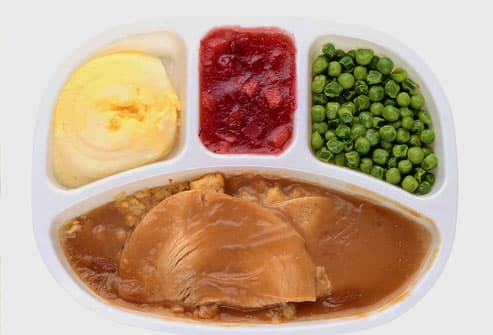
They're quick. They're easy. And they're loaded with sodium. A 5-ounce frozen turkey and gravy dinner packs 1,255 milligrams.
Tip: A 'lighter' version may have less salt, but it's no guarantee. Read the labels to be sure. It's possible that 'lighter' refers to fat only.
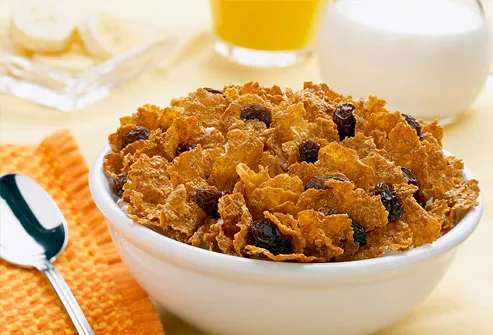
Check out the nutrition facts label. Some brands of raisin bran have up to 210 milligrams of sodium in each cup.
Tip: Puffed rice and wheat don't have salt. Mix half of your favorite cereal with half of a salt-free choice. Or look for companies that make low-sodium cereals.
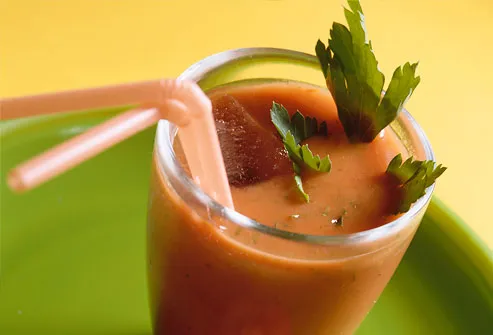
They help you get the 2 to 2.5 cups of veggies you need a day. But they can have a lot of sodium. One cup of vegetable juice cocktail has 615 milligrams.
Tip: Shop around. There are low-salt versions.

They often have preservatives, sauces, or seasonings that add extra sodium.
Tips: Rinse canned veggies thoroughly, or look for labels that say 'no salt added' or 'low sodium.' Check the freezer section, where you may have more luck finding an unsalted choice.

One look at the salt content in packaged meats should stop you in your tracks. Two slices of dry salami made of beef or pork can have 362 milligrams of sodium.

It's a warm comfort food on a cold day, but watch out. It can be loaded with salt. A cup of canned chicken noodle soup can have 831 milligrams of sodium.
Tips: Look for reduced-sodium versions of your favorites. And always check the label carefully. You might find that one brand's 'Healthy' version actually has less sodium than the '25% Less Sodium' variety.

Some of your favorites may be super salty. One tablespoon of teriyaki sauce can have 879 milligrams of sodium. The same amount of soy sauce may have up to 1,005 milligrams.
Tips: Even 'lower-sodium' soy sauce can have a lot, so use it sparingly. Go for vinegar and lemon juice for flavor, since they naturally have less salt. Try orange or pineapple juice as a base for meat marinades.
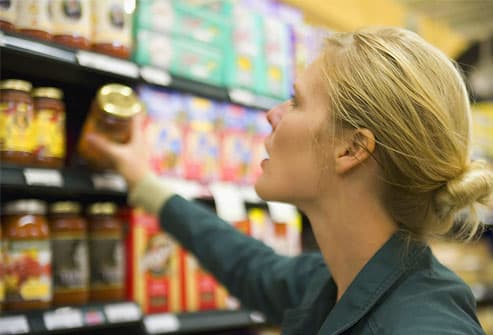
Half a cup may have 577 milligrams of sodium, and that's barely enough to coat a helping of pasta.
Tip: Look for 'no salt added' versions.
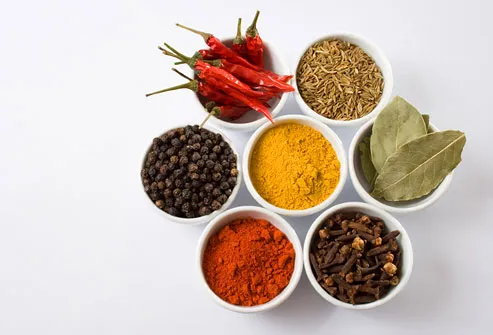
Adding spices to an entrée can be an easy way to forgo the salt shaker. Just make sure there's no hidden sodium in your selection. For example, canned jalapeno peppers (1/4 cup, solids and liquids) have about 434 milligrams of sodium.
Tips: Go for the pepper in its natural form to ditch the sodium used in processing. Or use herbs and salt-free spices instead.
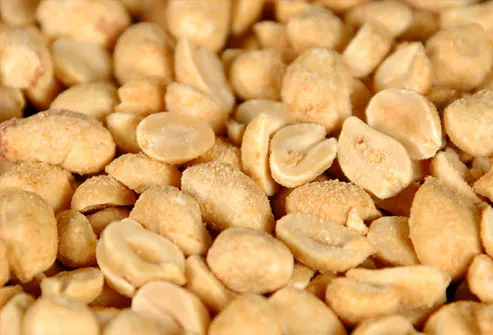
Rethink those salty peanuts. An ounce of most dry-roasted brands have 116 milligrams of sodium.
Tips: For about the same amount of calories, an ounce of oil-roasted, salted peanuts has only 76 milligrams of sodium. Or better yet, buy the unsalted variety, which are practically sodium-free.
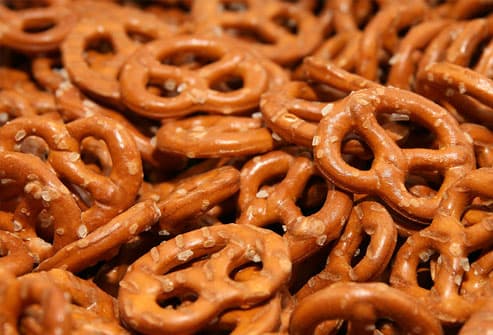
They're hard to resist, but they may have a lot of sodium. Potato chips have 136 milligrams per ounce, cheese puffs 263 milligrams per ounce, and pretzels 352 milligrams per ounce.
Tip: Even 'baked' or fat-free snacks can have the same amount of sodium or more, so check the label.
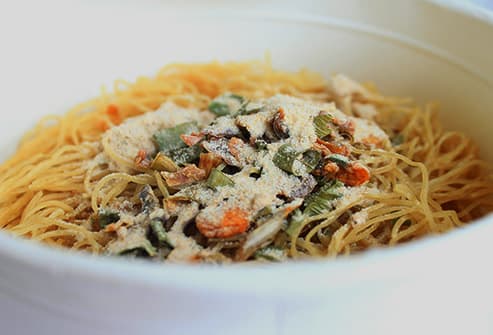
Rice, potatoes, and pasta in their natural forms are low in salt. But if you get the convenient 'all-in-one' box and add the flavor packet, you may end up eating more than half of your daily allowance of sodium in just one serving.
Tips: Choose a plain, fast-cooking rice and add your own seasonings. Or microwave potatoes to serve with your choice of fixings.
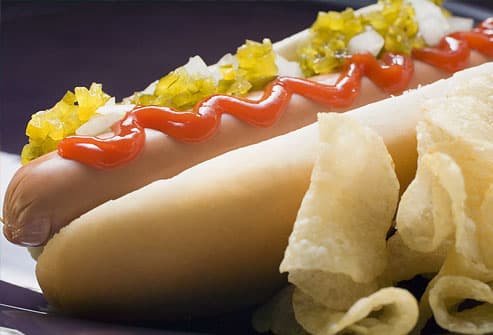
If you think those little extras you add to your food aren't a source of salt, think again.
o Ketchup (1 tablespoon) = 154 milligrams
o Sweet relish (1 tablespoon) = 122 milligrams
o Capers (1 tablespoon) = 202 milligrams (drained)
Tip: Go for low- or sodium-free versions. Or get creative with substitutions: Try cranberry relish or apple butter for a naturally lower-salt choice.
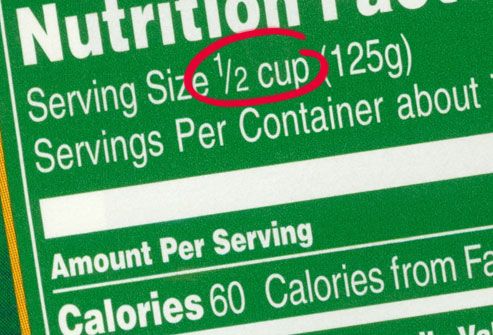
The amount of sodium you see on a nutrition label isn't for the whole package. It's for one serving. Check to see how many are in each container.
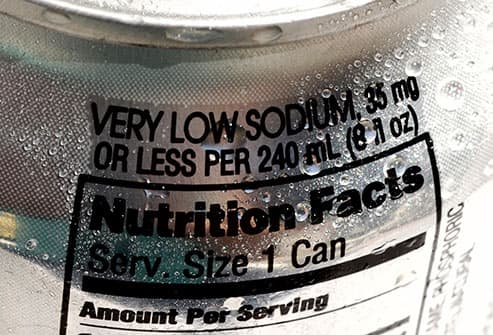
They can be confusing, but you can figure them out with this cheat sheet:
o Sodium-free: Less than 5 milligrams a serving
o Very low-sodium: 35 milligrams or less per serving
o Low-sodium: Less than 140 milligrams per serving
o Reduced sodium: 25% less sodium
o Unsalted, no salt added, or without added salt: Made without the salt normally used, but still has the sodium that's a natural part of the food itself.
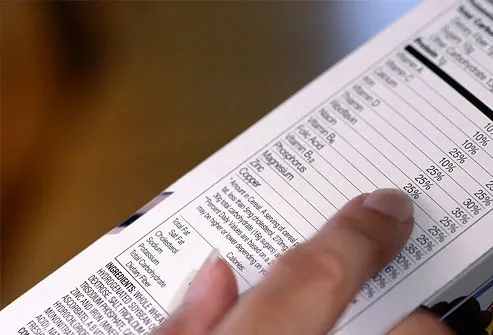
When you're scanning a food label, don't just look for the word 'salt'. Watch out for various forms of sodium or other names for the same thing:
o Sodium alginate
o Sodium ascorbate
o Sodium bicarbonate (baking soda)
o Sodium benzoate
o Sodium caseinate
o Sodium chloride
o Sodium citrate
o Sodium hydroxide
o Sodium saccharin
o Sodium stearoyl lactylate
o Sodium sulfite
o Disodium phosphate
o Monosodium glutamate (MSG)
o Trisodium phosphate
o Na
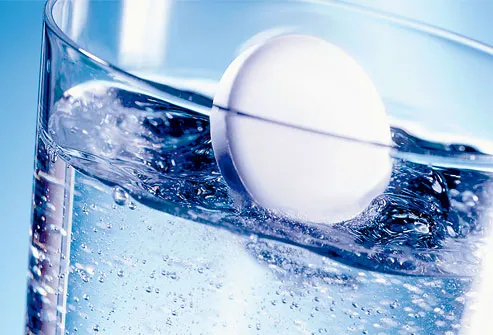
Surprise! Some headache and heartburn medications have sodium carbonate or bicarbonate. Read the ingredient list and warning statement to be sure.

When you eat out, some menu choices can be a huge source of hidden salt. Soups, appetizers with cheese or meat, casseroles, and rice pilaf are some dishes to watch out for. If you ask, most restaurants will prepare your food without added salt.
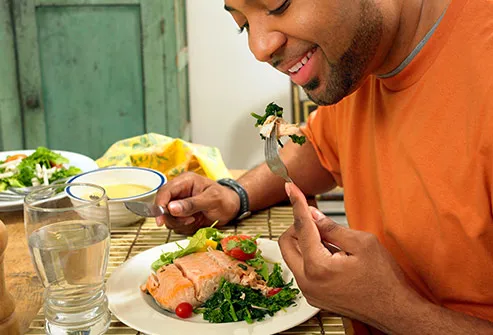
Fish can be a lower-sodium option, as long as you pay attention to how it's seasoned. Steamed veggies, prepared without salt, are another smart choice. Also, try a salad with dressing on the side. Low-sodium desserts include fruit, ice cream, sherbet, or angel food cake.
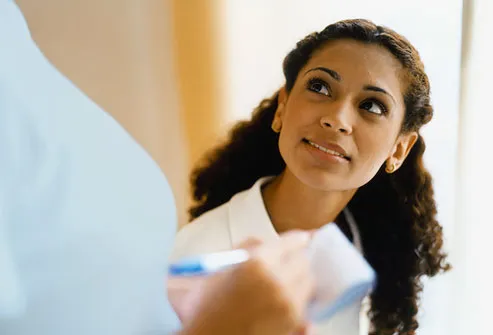
o Ask how the cook prepares your meal.
o Choose a restaurant where dishes are made to order.
o Ask the chef to make your dish without any type of sodium, then add a dash of salt-free seasoning from home, or a squeeze of lemon or lime.
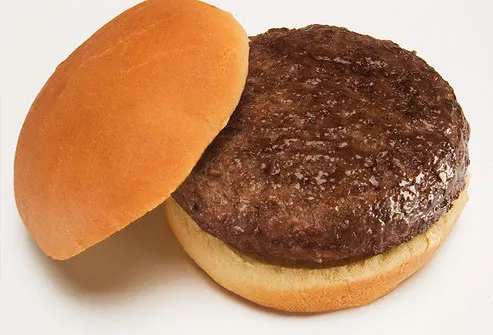
Try these helpful tips:
o Get rid of the toppings except for veggies like lettuce and tomatoes.
o Skip the cheese, go easy on condiments, and don't add salt.
o Don't supersize. Order off the children's menu for smaller portions.
o Eat a low-sodium diet for the rest of the day.
o Ask for a nutrition fact sheet at the restaurant, or find it online before you go, to help you make the best possible low-sodium choices.

U.S. guidelines call for about half of Americans to limit sodium to 1,500 milligrams or less per day, including:
o People ages 51 and older
o African-Americans
o People with high blood pressure, diabetes, or long-term kidney disease
Cutting back on salt can cut blood pressure in some people. It can help lower the risk of heart disease, stroke, and kidney damage in those who have high blood pressure.

Don't know how much you get every day? Keep a daily tally of what you eat and drink. Then look up how much sodium is in each item. You may be surprised at what you find. The average American takes in 3,592 milligrams of sodium each day, well above the limits recommended for good health.